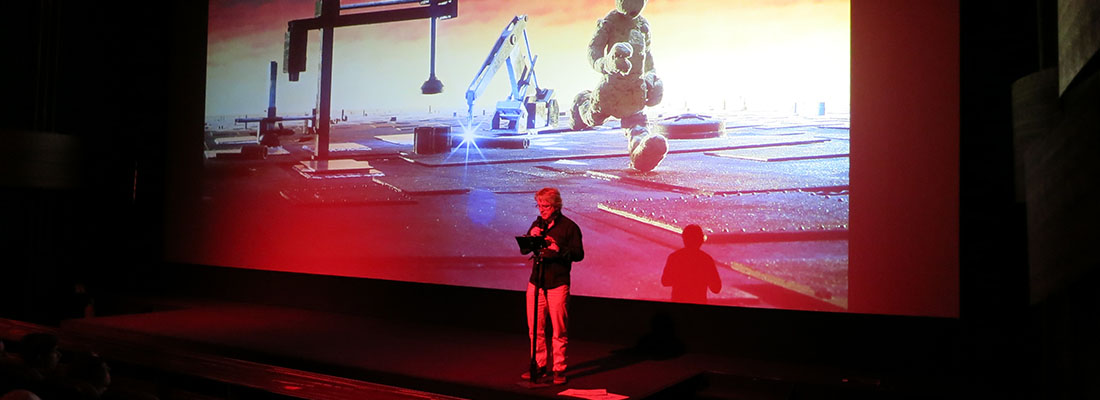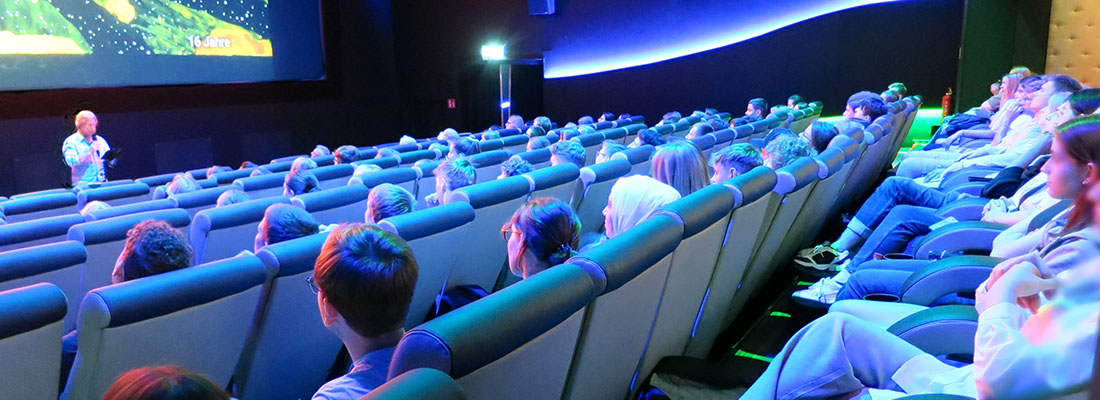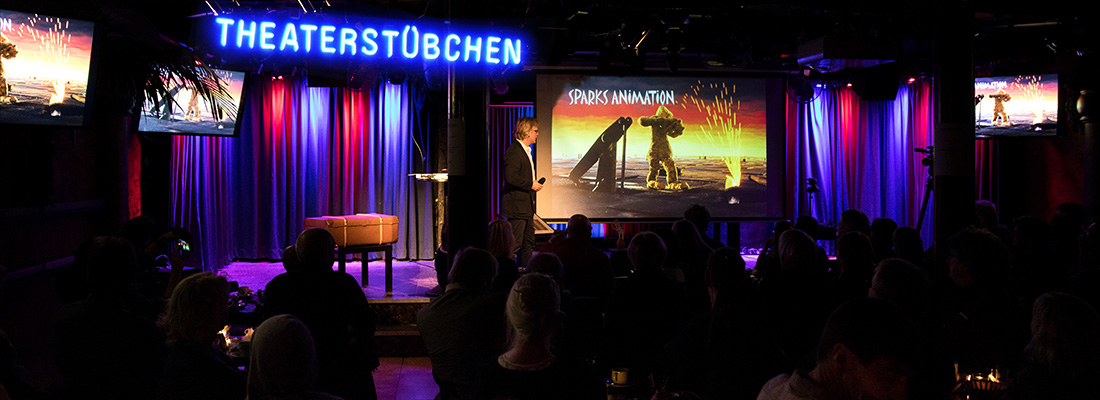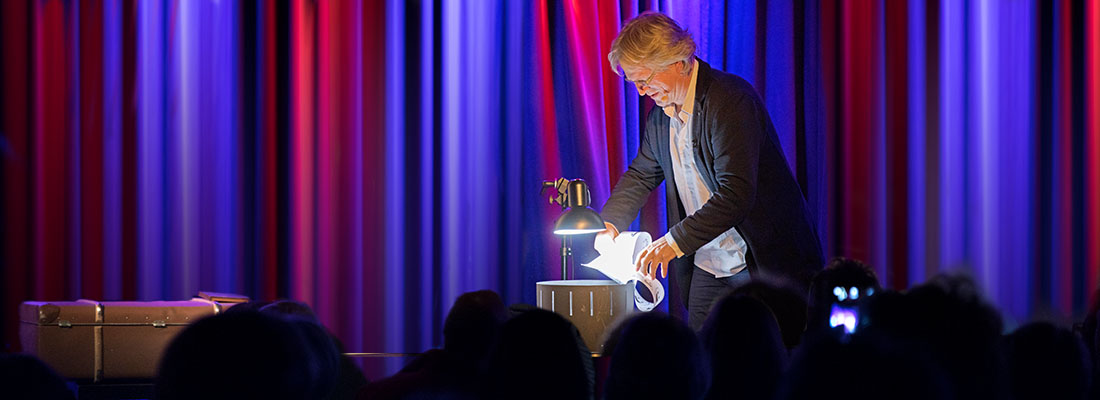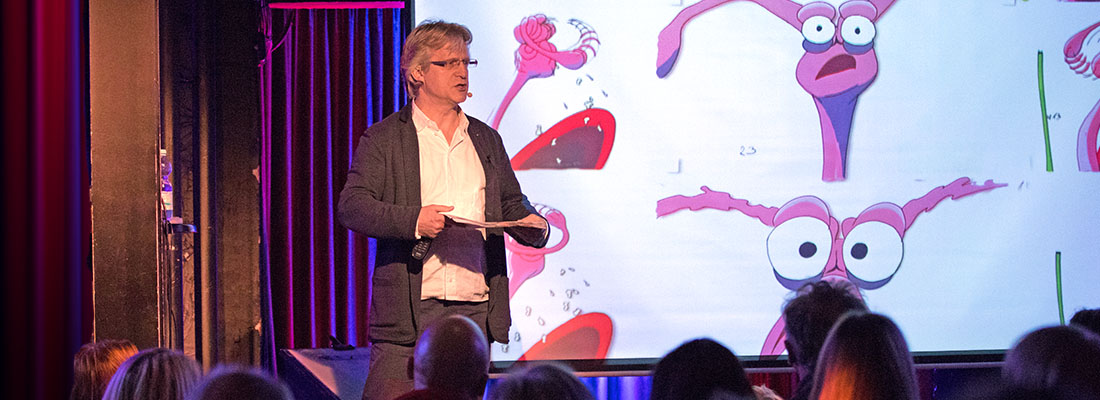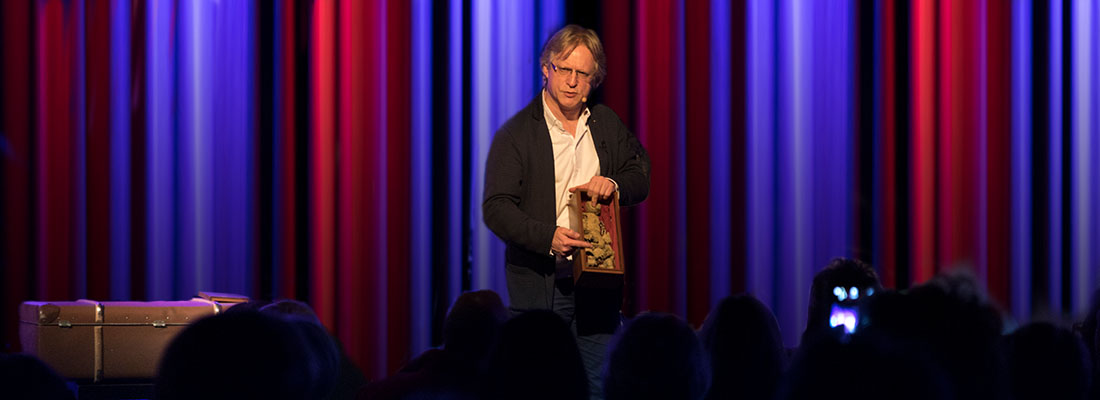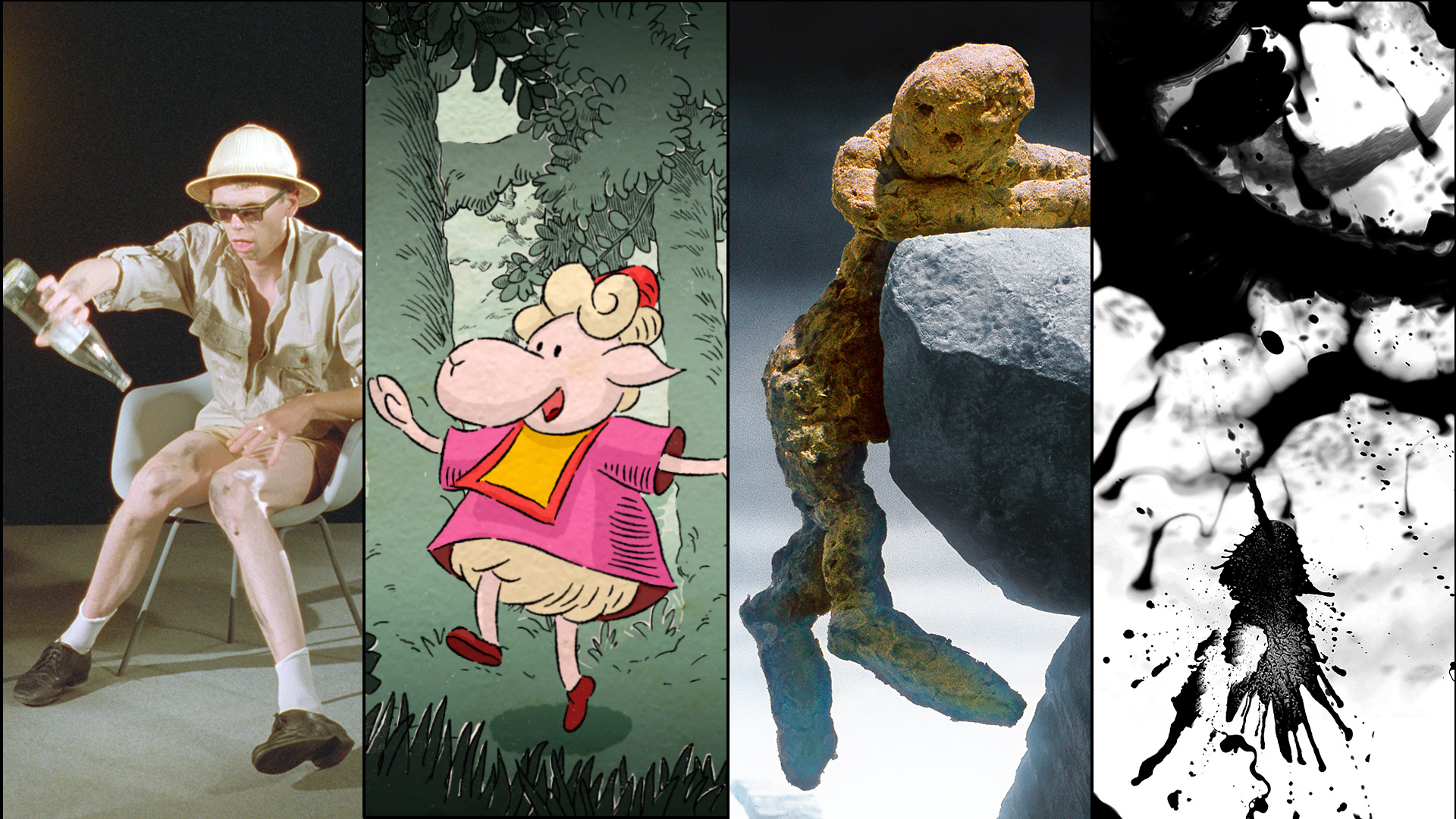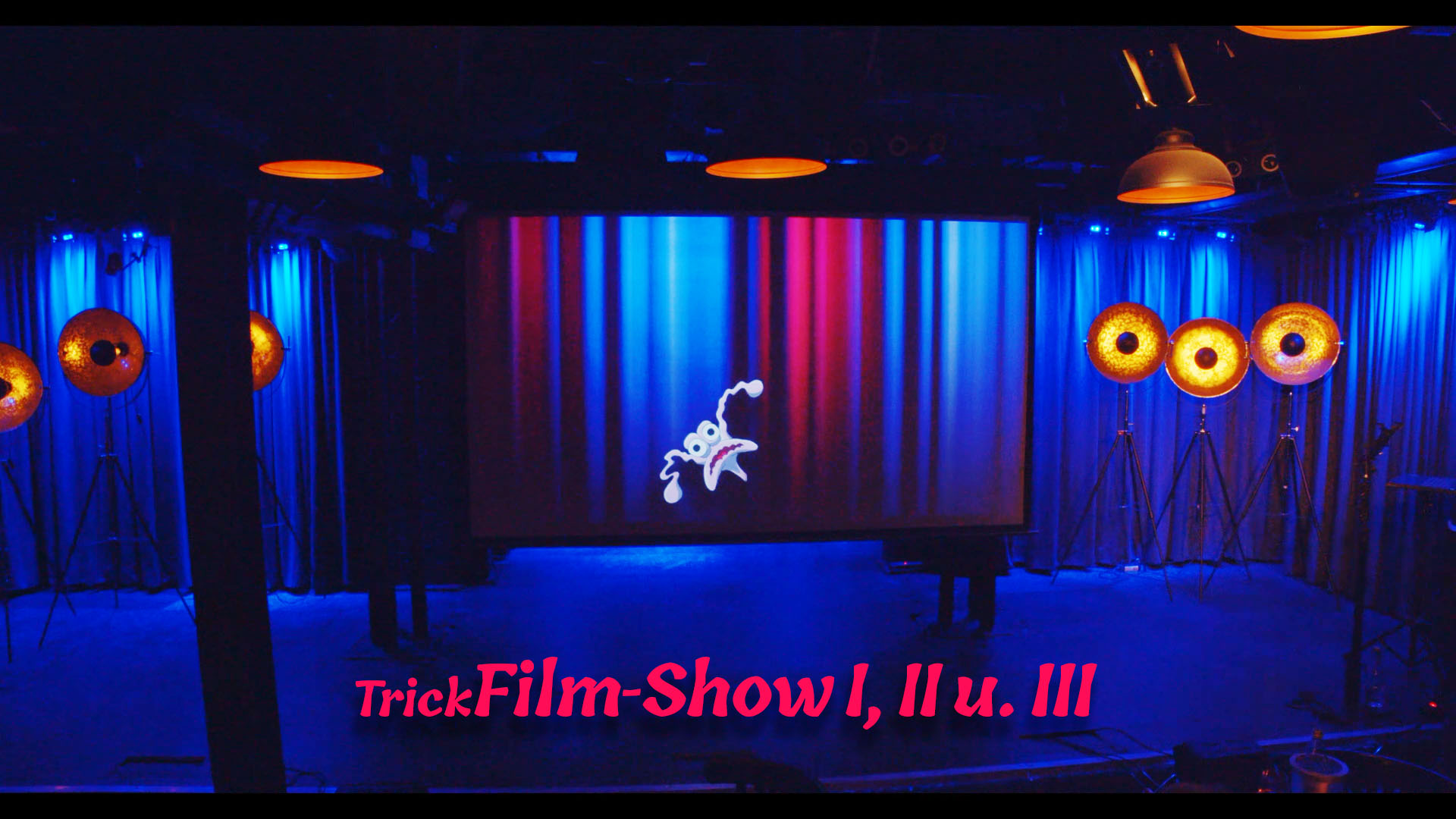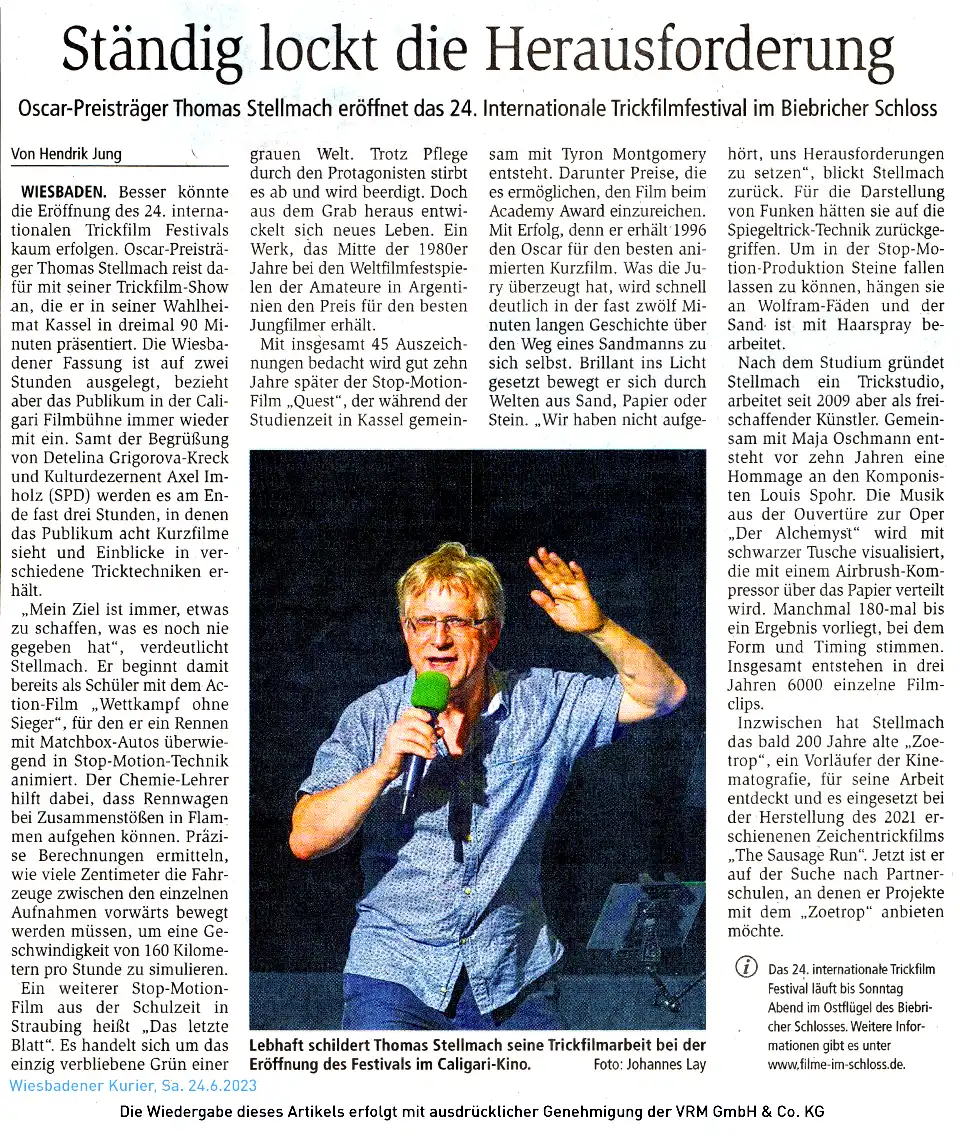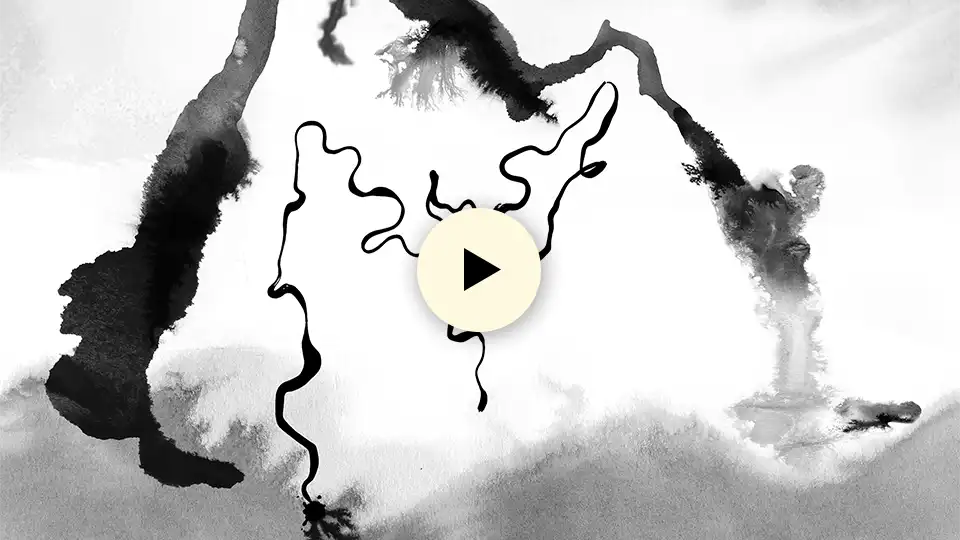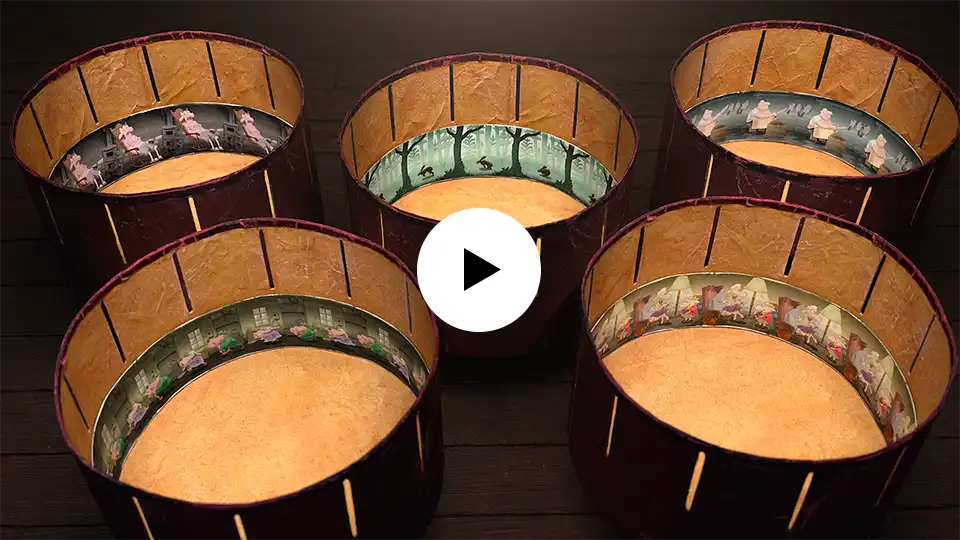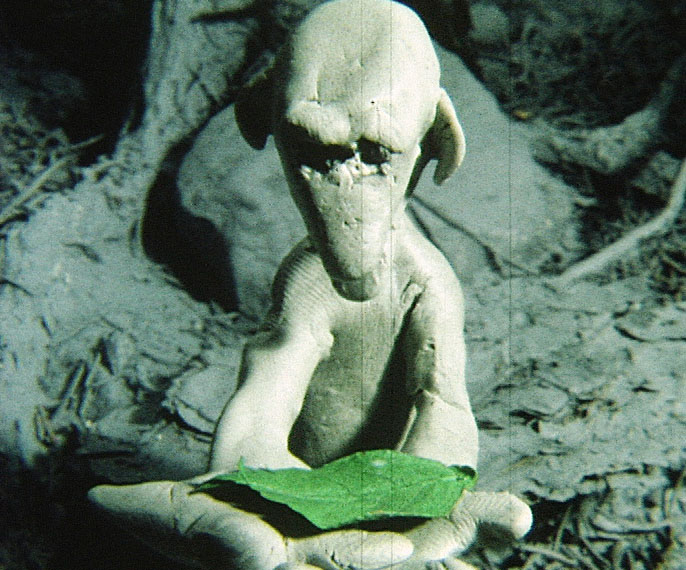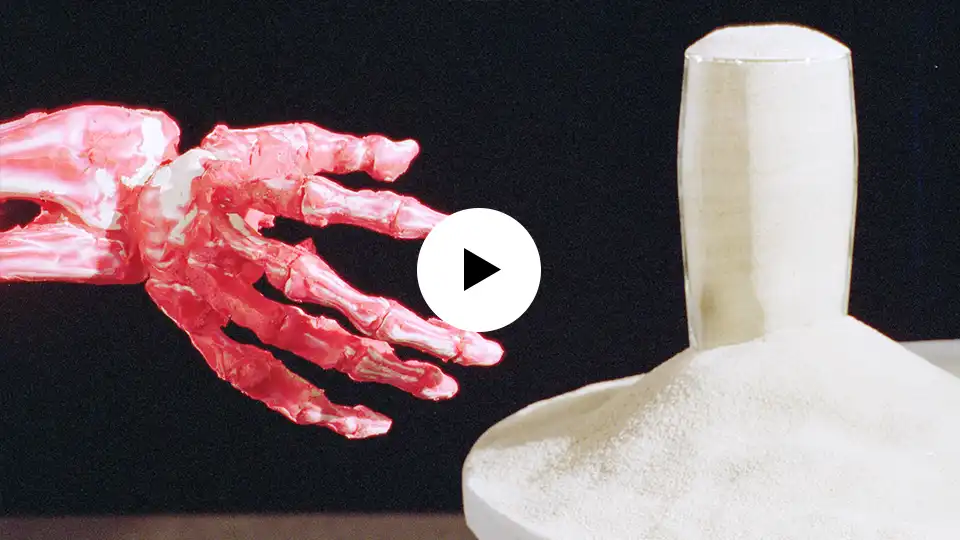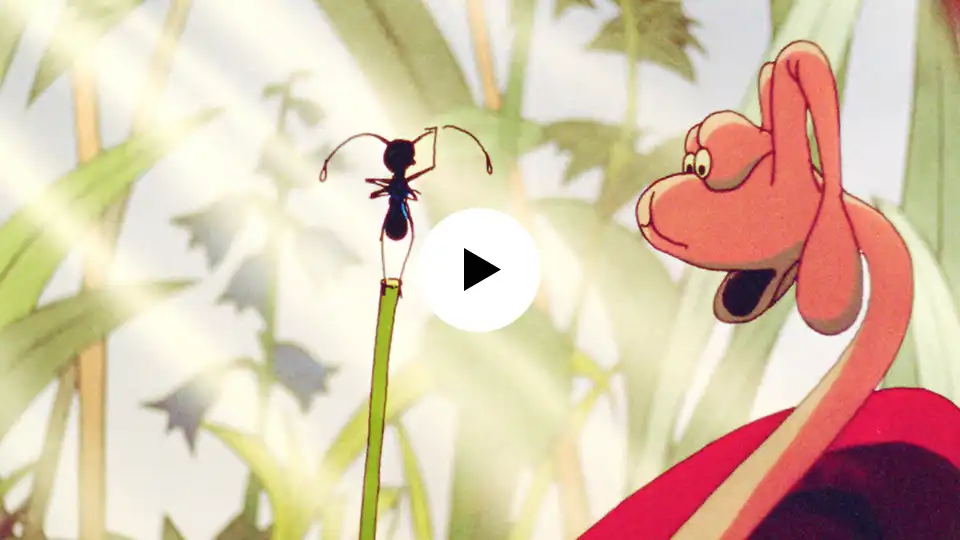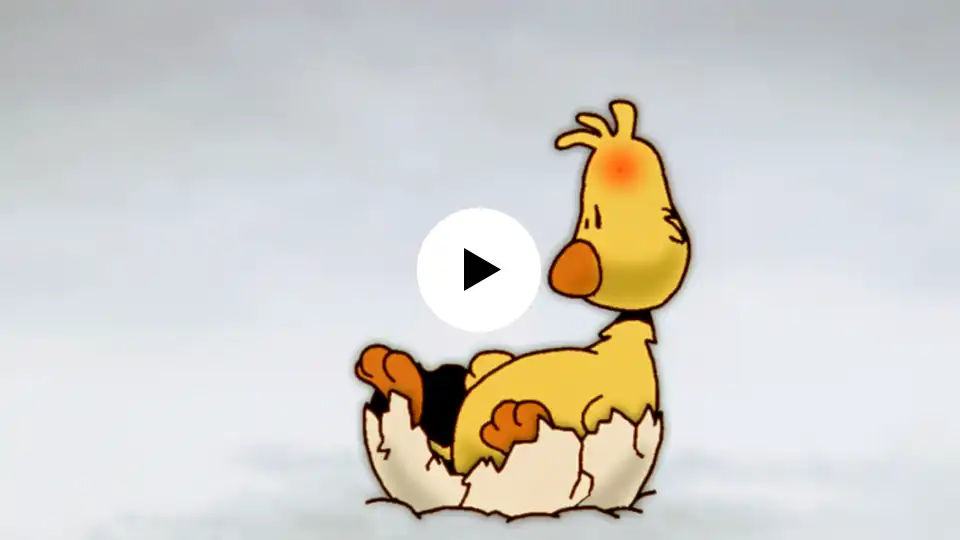I present my films in my Trickfilm-Show as infotainment. Unlike a moderated screening, in this elaborately developed show I give a much more exciting and entertaining insight into the production processes of the films and show extensive illustrative material.
In a relaxed atmosphere, I go into detail during my presentation and talk about my inspirations, the highs and lows of my film career and the successes of individual films, e.g. Quest, which won the Oscar® in Hollywood in 1997.
Using facts and figures, I describe the effort involved in the productions and discuss the challenges brought about by the various trick techniques.
Depending on the length of the programme, there will be time for discussions with the audience or interviews with individual production members.
The films are without dialogue. Depending on the duration of the program and the venue, there are breaks during which food and drinks can be served.
Read my Trickfilm-Show reports about past presentations.
For example, my annual three-part Trickfilm-Show at the Theaterstübchen in Kassel, where I present all my films from three periods of my life.
Open a PDF with an example of a film program, created for a two-hour Trickfilm-Show, which includes short films and making-of-films.
Here are my next events.


